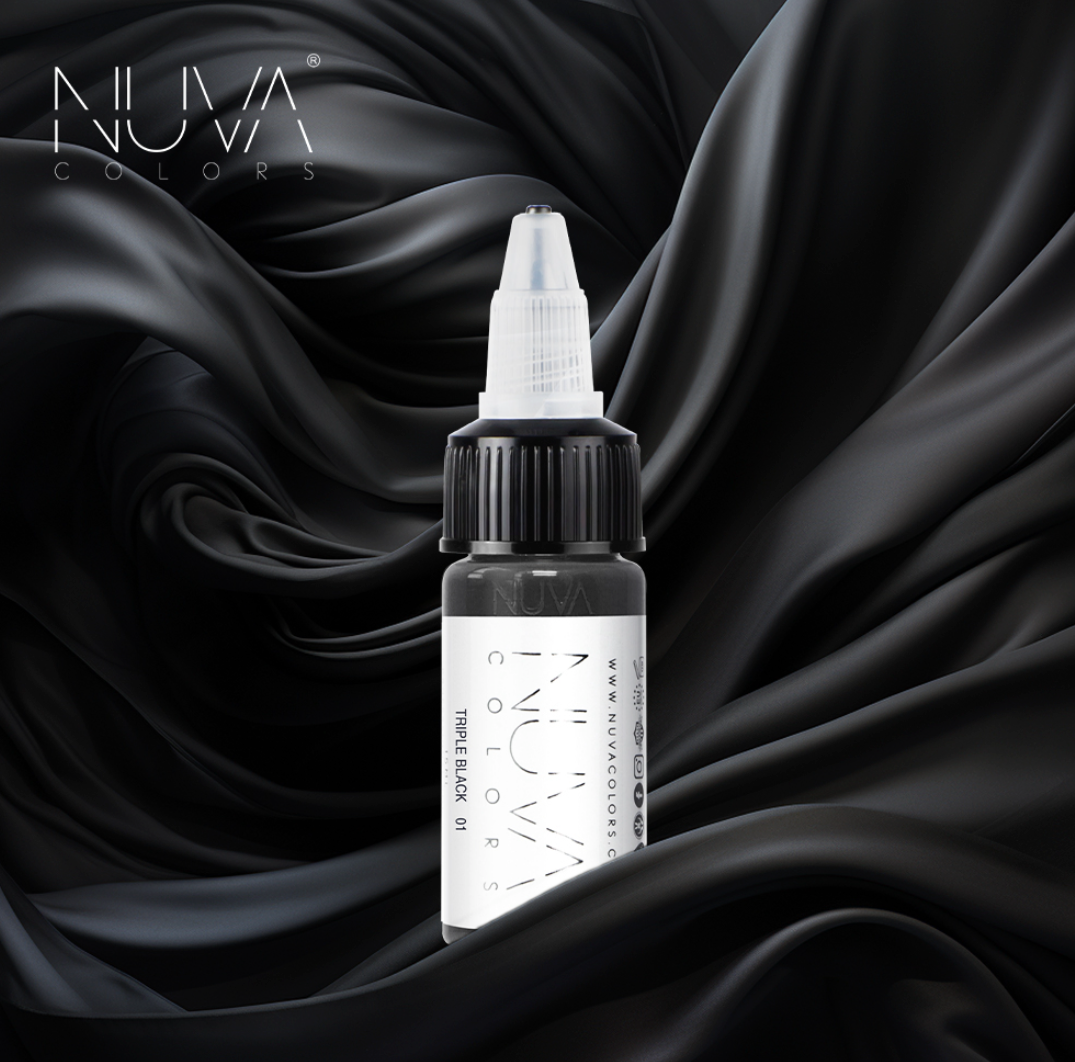
Nov 26 , 2024
Implementing Hygienic Practices: Sterilization Protocols for PMU Artists
Introduction
Maintaining strict hygienic practices is paramount in the field of Permanent Makeup (PMU). As PMU artists work closely with clients' skin and bodily fluids, adherence to sterilization protocols is essential to prevent infections, cross-contamination, and the spread of communicable diseases. This article outlines the critical sterilization protocols that PMU professionals must implement to ensure client safety and comply with regulatory standards.
The Importance of Hygiene in PMU
- Client Safety: Proper sterilization protects clients from infections such as hepatitis, HIV, and bacterial infections.
- Professional Reputation: Adherence to hygiene protocols enhances the artist's credibility and trustworthiness.
- Legal Compliance: Regulatory bodies mandate specific hygiene standards; non-compliance can result in penalties or loss of licensure.
Understanding Sterilization, Disinfection, and Sanitation
- Sterilization: The process of eliminating all forms of microbial life, including spores, from instruments and surfaces.
- Disinfection: Reducing the number of pathogenic microorganisms to a level that is not harmful.
- Sanitation: General cleaning to remove debris and reduce germs to a safe level.
Key Sterilization Protocols for PMU Artists
-
Personal Protective Equipment (PPE)
- Gloves: Use disposable nitrile or latex gloves for each client and change them if they become contaminated.
- Masks: Wear surgical masks to prevent the spread of respiratory droplets.
- Protective Clothing: Utilize aprons or gowns to protect against spills and splashes.
- Eye Protection: Wear safety goggles or face shields when there is a risk of splashing.
-
Hand Hygiene
- Wash hands thoroughly with antibacterial soap before and after each client.
- Use alcohol-based hand sanitizers when washing is not immediately possible.
- Avoid wearing jewelry that can harbor bacteria.
-
Equipment Sterilization
- Single-Use Items: Use disposable needles, cartridges, and other single-use items and dispose of them properly after each client.
-
Autoclave Sterilization: Reusable instruments must be sterilized in an autoclave, which uses pressurized steam to eliminate microorganisms.
- Autoclave Maintenance: Regularly service and test the autoclave for efficacy using biological indicators.
- Ultrasonic Cleaners: Pre-clean instruments to remove debris before autoclaving.
-
Workstation Cleanliness
- Disinfect Surfaces: Clean all work surfaces with EPA-registered hospital-grade disinfectants before and after each client.
- Barrier Protection: Use disposable barrier films on surfaces that are difficult to disinfect, such as machine handles and light switches.
-
Waste Disposal
- Sharps Containers: Dispose of needles and other sharp instruments in approved sharps containers.
- Biohazard Waste: Handle and dispose of contaminated waste according to local regulations, typically in red biohazard bags.
-
Client Skin Preparation
- Clean the client's skin with an appropriate antiseptic solution, such as 70% isopropyl alcohol or chlorhexidine.
- Avoid touching prepared skin with non-sterile items.
-
Environmental Controls
- Ventilation: Ensure proper ventilation in the workspace to reduce airborne contaminants.
- Clean Flooring and Walls: Regularly clean floors and walls with appropriate disinfectants.
-
Training and Education
- Stay updated on the latest sterilization techniques and regulations.
- Attend workshops and certifications on infection control and hygiene practices.
Legal and Regulatory Compliance
- Licensing Requirements: Understand and comply with state and local licensing requirements for PMU practitioners.
- OSHA Standards: Follow Occupational Safety and Health Administration (OSHA) guidelines for bloodborne pathogens and workplace safety.
- Documentation: Maintain records of sterilization cycles, equipment maintenance, and training certifications.
Best Practices for Client Communication
- Inform Clients: Educate clients about the hygiene practices you follow to assure them of their safety.
- Consent Forms: Include information about sterilization and hygiene in consent forms.
- Post-Procedure Care: Provide detailed aftercare instructions to minimize infection risks.
Conclusion
Implementing rigorous sterilization protocols is not only a legal obligation but also a professional responsibility that PMU artists must uphold. By adhering to best practices in hygiene and sterilization, artists can protect their clients, themselves, and their businesses. Continuous education and strict compliance with regulatory standards contribute to the overall safety and advancement of the PMU industry.
References
- Occupational Safety and Health Administration (OSHA). (n.d.). Bloodborne Pathogens and Needlestick Prevention. Retrieved from https://www.osha.gov/bloodborne-pathogens
- Centers for Disease Control and Prevention (CDC). (2019). Guidelines for Infection Control in Healthcare Personnel. Retrieved from https://www.cdc.gov/infectioncontrol/guidelines/healthcare-personnel/index.html
- Society of Permanent Cosmetic Professionals (SPCP). (n.d.). Infection Control for the Practicing Permanent Cosmetic Professional. Retrieved from https://www.spcp.org
- American Academy of Micropigmentation (AAM). (n.d.). Standards for Sterilization and Hygiene in PMU. Retrieved from https://www.micropigmentation.org
- Food and Drug Administration (FDA). (2020). Tattoo Inks and PMU. Retrieved from https://www.fda.gov/cosmetics/cosmetic-products/tattoos-permanent-makeup
- World Health Organization (WHO). (2016). Best Practices for Injections and Related Procedures Toolkit. Retrieved from https://www.who.int/infection-prevention/tools/injections/IS_guidelines/en/
- Milady. (2019). Infection Control and Safe Work Practices in the Salon. Milady's Standard: Foundations.
- European Council on Tattoo and PMU. (2017). Hygiene Guidelines for Tattooing and PMU. Retrieved from https://www.ectp.org
- Smith, J. (2018). Sterilization Techniques in Permanent Makeup. Journal of Cosmetic Dermatology, 17(4), 537-542.
- Jones, L. (2017). Infection Prevention in Aesthetic Practice. Aesthetic Medical Publishing.

Paul Park
Nuva Colors





